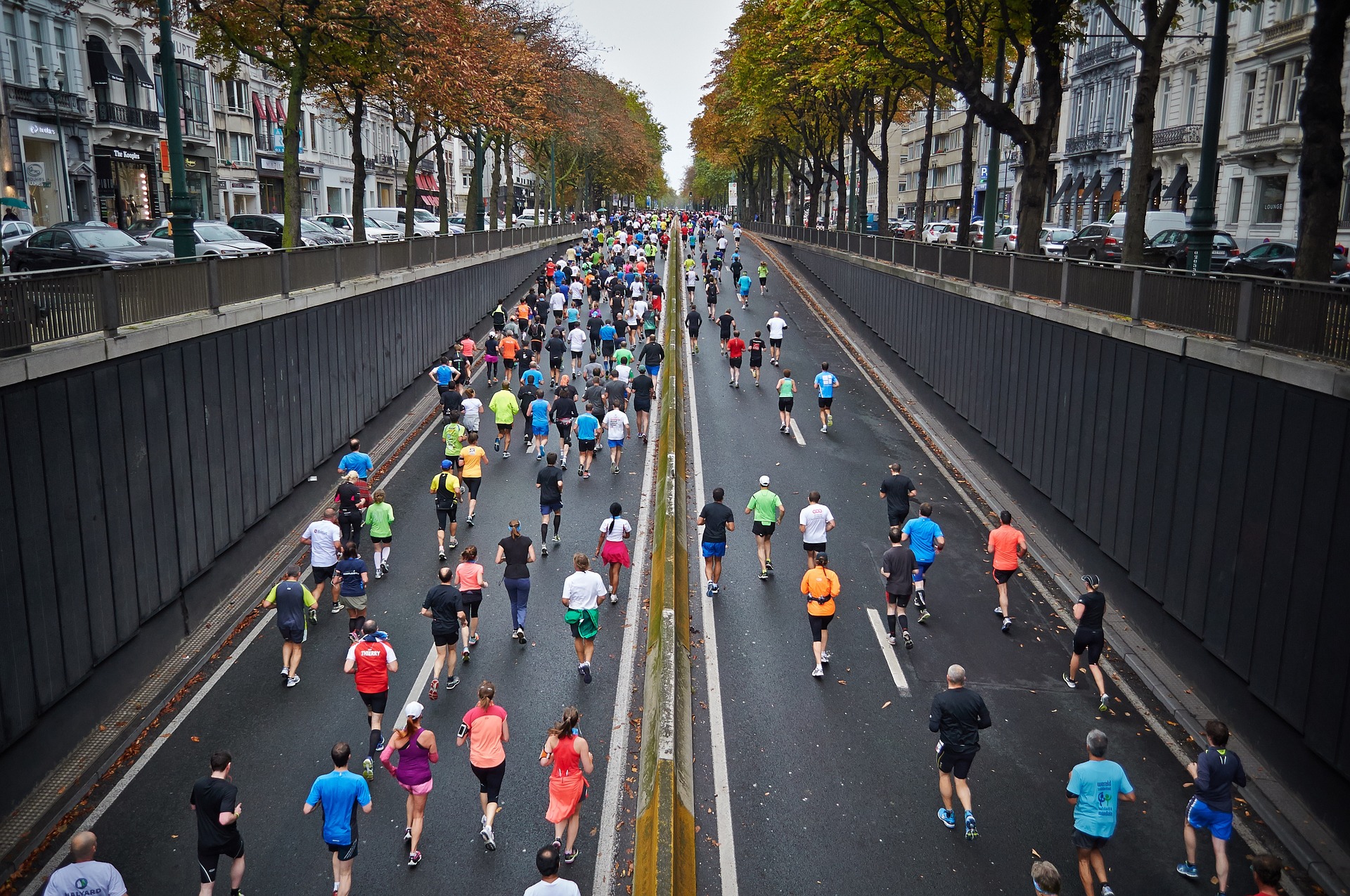Fall marathon season is at full throttle, and organizers continue to focus on safety for runners and spectators. To understand the future of marathon safety, we need to take a look at how we got here.
On April 15, 2013, two bombs exploded at the Boston Marathon, killing three and injuring hundreds. Since that time, Boston organizers have stepped up security and other races have followed.
While there have been no significant incidents since 2013, Boston Marathon organizers took no chances moving forward. They doubled the number of law enforcement at the finish line and increased aerial surveillance, among other precautions.
Similar events, like the Detroit Free Press Marathon, held every October, face their own unique security challenges. Detroit’s course features two international border crossings — Canada via the Ambassador Bridge and the United States via the Windsor Tunnel.
Due to the border crossings, participants must show their passports when claiming their race bibs, and then make their bibs highly visible during the race. It’s common to see Customs and Border Protection officers dashing onto the course near the crossings to stop runners whose bibs are not visible.
Even volunteers are being affected by new security standards. Local residents near The New York City Marathon, were previously allowed to volunteer with community or civic organizations at sponsored water stations. Volunteers now need to pre-register with the New York Road Runners to receive official credentials for race day.
Here’s a look at basic safety measures currently used by races around the country:
Pre-Race Safety
- Pre-race meetings are held with local, state and federal agencies to plan security measures
- Pre-event intelligence meetings are held to determine current threat levels
- Runners are issued clear plastic bags for their belongings and prohibited from bringing backpacks or duffel bags to gear check stations
- All runners are assigned and must wear microchipped bibs
Safety Along the Course
Between the many miles that separate the start and finish lines, lies the challenge of race course security. Some races are taking ideas from the “If You See Something, Say Something” initiative (sponsored by the Department of Homeland Security) which encourages spectators and runners to be proactive by reporting any suspicious activity. In addition to a vigilant public, courses may also be patrolled by bomb sniffing dogs and plain clothes officers. Additional miles of fencing have also been added to some courses to further separate runners and spectators. Other on-the-course security measures might include:
- Stricter enforcement against bandit runners (unregistered)
- Making the course a ‘no drone zone’
- Stepped up aerial surveillance
- Banning backpacks, purses, and duffle bags for spectators
The Future of Marathon Safety
With over a thousand long distance races held in the U.S. every year, event safety will continue to be big business. The future of marathon safety will likely include continued sharing of resources and learning among those in the community.
In fact, the National Center for Spectator Sports Safety and Security (NCS4) hosts an annual National Marathon Safety and Security Summit at the University of Southern Mississippi. The summit helps race organizers develop best practices at an organizational level and cover the use of technology and information management, risk and threat assessment, crowd dynamics and emergency action planning.

